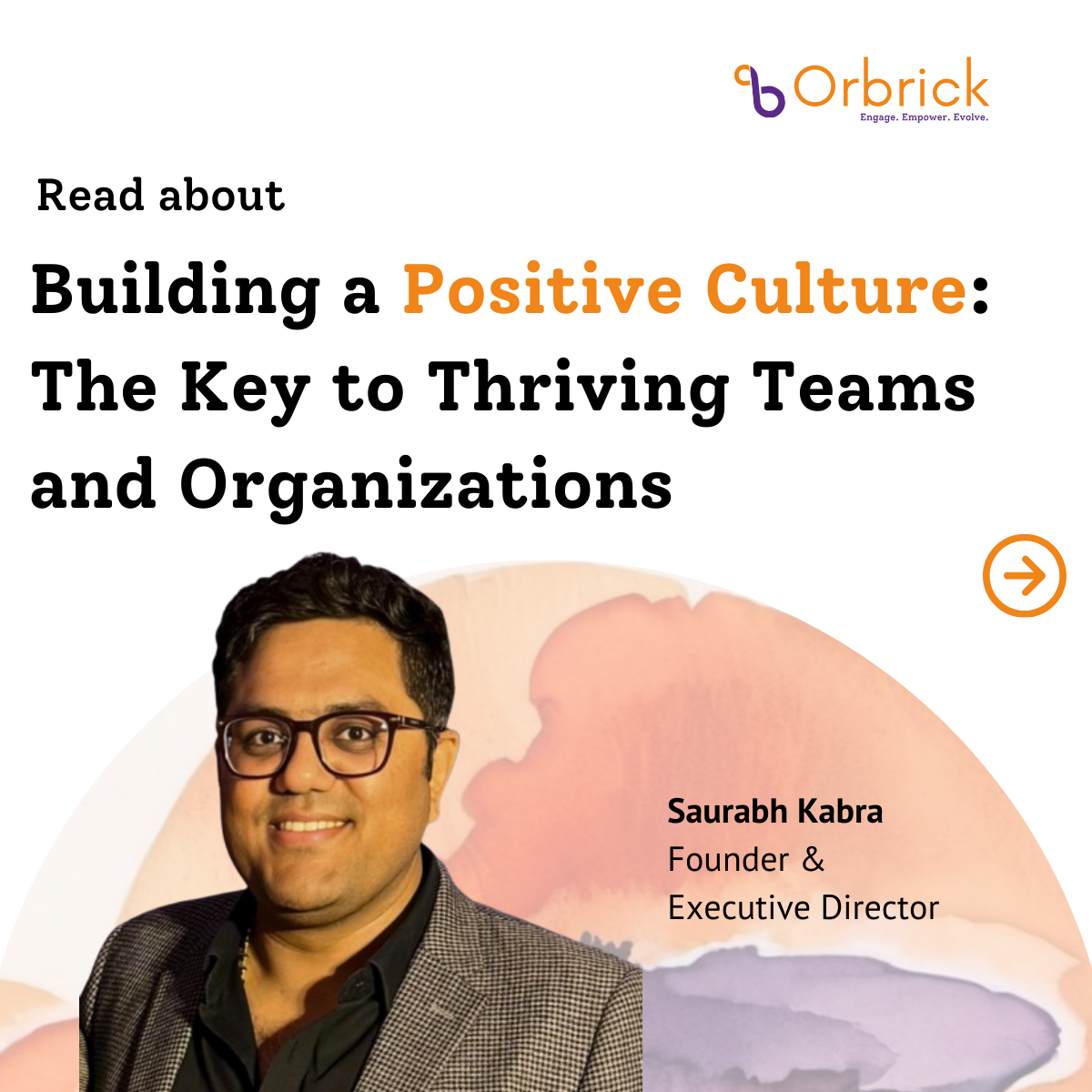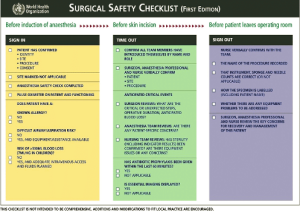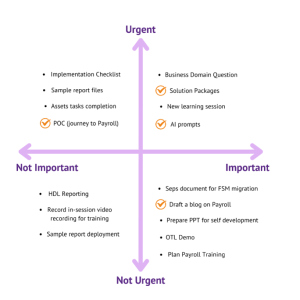Almost daily Everyone is talking/reading/listening/gossiping about this. Varieties of books, blogs, content, etc. are available in market. Everyone feels like they have the best/worst culture at home/office/with their friends. After all Culture is a Culture.
I am not an expert, but I know that we have few questions, which are important to understand. I am trying to find out the means / measure which might help us understand the word CULTURE easily.
- Do we really care about CULTURE
- Do we really follow CULTURE religiously
- Do we really know what CULTURE means
Before we jump into our discussion, we should try agreeing that the bond with family / friends / office colleague / customer team gets mature and stays healthy based on many things, but out of all these, CULTURE is one of the important pieces.
Culture is one of the means to foster a great society. This also works very well in our IT Industry.
I have bifurcated this into USE Methodology “Understand, Set Guidelines, Empower”.
Understanding Culture:
- Culture is the collective programming of the mind. There is good culture and bad culture. It gets engaged in childhood, empowered in middle age and evolve during your life span. It can be collective or individual.
- It is like an iceberg (15% Visible / 85% Invisible).
- Visible areas are Results and Behavior.
- Invisible areas are Beliefs, Values, Thinking, Emotions
- It can be seen / felt in ways like speaking, dressing, traditions we follow, food habits, music we hear, etc.
- We should give time to our mind / heart to understand / accommodate with the surrounding culture.
- We sometimes become prejudiced, by judging individual based on their culture, which we should stop doing.
- Financial stability is crucial, but feeling fulfilled and respected at work is equally important. A positive culture can boost your happiness and well-being.
- The right environment can expose you to new skills, knowledge, and challenges, helping you advance your career.
- A toxic work environment can lead to stress, exhaustion, and a decline in performance. It’s best to avoid that from the start!
- Here’s how to evaluate company culture before you sign:
- Look at company websites, social media, and employee review sites like Glassdoor to get a sense of the vibe.
- During interviews, inquire about company culture, team dynamics, and opportunities for growth.
- If possible, connect with people who work there to get their honest perspective.
- Quote: A culture is strong when people work with each other, for each other. A culture is weak when people work against each other, for themselves
Set Culture Guidelines:
- Culture in family / organization flows from Top to Bottom. The way Head of Family sets the ways of living at home, similarly organization leaders set the ways employees behave / work / deliver / perform at office.
- Communication between team / peers / seniors & juniors to be clear and open. No back talks / No bitching around. Communicate goals clearly and transparently to all employees. Three aspects on how culture can be set and helpful to individuals
- Self-Goal
- Health-Goal
- Wealth-Goal
- Message from leaders to middle management and bottom management to be clear. Don’t change the directions (Objectives / ways to achieve them) too frequently. Employees to be aware of the company’s vision / goals.
- Figure out means to make your team Invest in learning and development.
- Try to gamify the overall delivery mechanism. Encourage a fun and playful environment.
- Keep the team stress free from burden on work, but at same time they should be made responsible for the work they are doing.
- Quality of work and life should not be impacted. Culture is learned, not inherited. We are born into a culture and learn its ways through a process called socialization. This happens through our families, schools, communities, and the media.
- Learn from a farmer on how we should behave with Juniors / Peers:
- They don’t shout at the Crop
- They don’t blame the crop for not growing fast enough
- They don’t uproot crops before they have had a chance to grow
- They choose the best plants for the soil
- They irrigate and fertilise
- The remove weeds
- They know that there will be a good season and bad season
- Quotes:
- You don’t hire for skills, you hire for attitude. You can always teach skills.
- A salary increase makes you happy once a year. A healthy workplace keeps you happy throughout the year.
Empowering:
The work environment is a major factor these days, and it goes beyond just the paycheck. Here’s why checking culture and environment is important.
- Trust your employees and give them the autonomy to do their jobs. This will increase their morale and engagement.
- Promote a healthy work-life balance. This will help employees avoid burnout and be more productive when they are at work.
- Recognize and celebrate employee achievements, both big and small. This will show employees that their hard work is appreciated.
- Encourage open communication and feedback between employees and managers. This will help identify and address any issues early on.
- Organize team-building activities and social events to help employees get to know each other outside of work.
- Actively promote diversity and inclusion. This will create a more welcoming and innovative work environment.
- Regularly review and assess your company culture. This will help you identify areas for improvement.
- Continuously gather feedback from employees through surveys, focus groups, and one-on-one meetings.
- Set some ritual at company level to make sure team collaborate and follows guidelines.
By following these steps, you can develop a strong and positive company culture that will attract and retain top talent. Remember, a great company culture is an ongoing process that requires constant effort and attention. But the payoff is a workforce that is engaged, productive, and happy.
By evaluating the culture and environment, you’re making a well-rounded decision about your future. It’s an investment in your happiness, growth, and overall career satisfaction.



